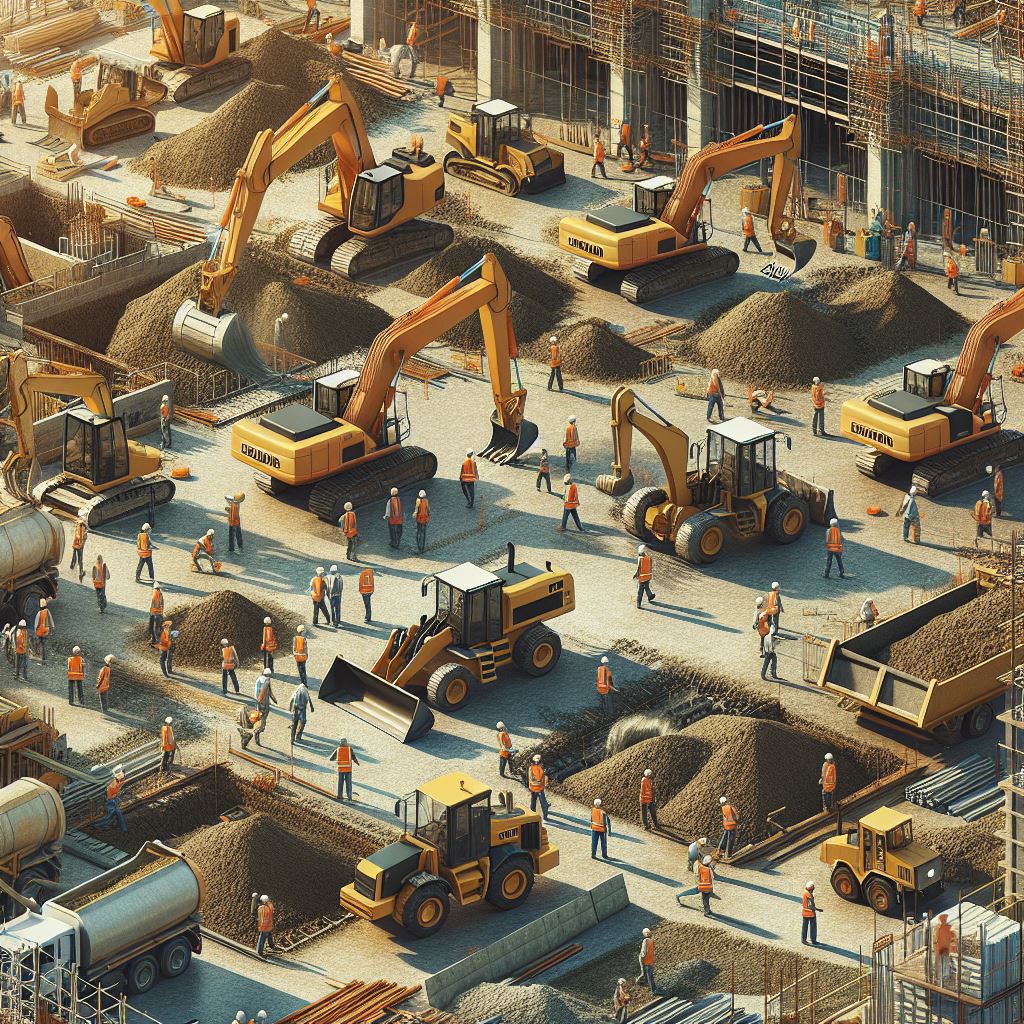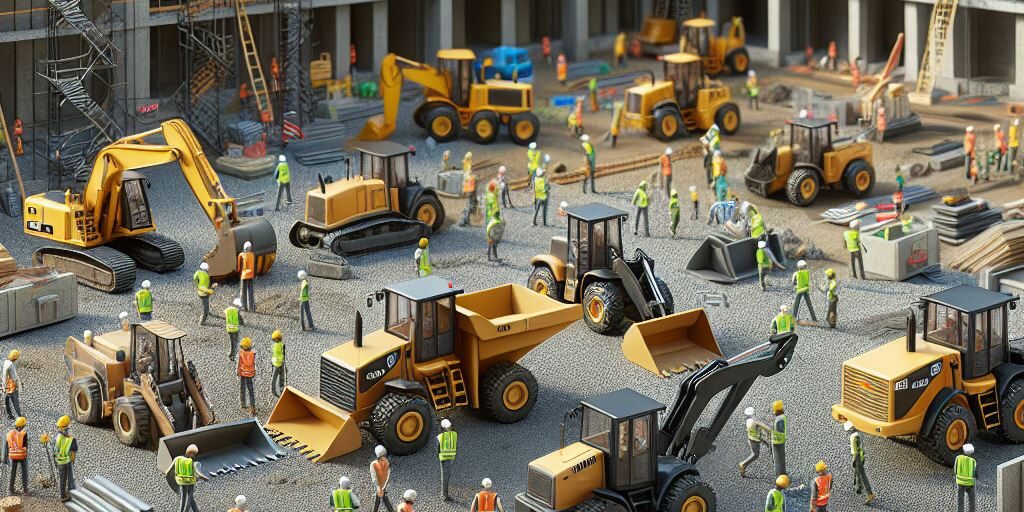When we think of earthwork, we immediately imagine large machines performing excavations or demolitions. In reality, earthmoving machines include both large excavators and cranes as well as their compact versions. Since these machines can be potentially hazardous, safe operation is required. In this article, we focus on this aspect and present 5 good rules for the safe operation of earthmoving machines.
Types of Machines for Earthwork
Earthmoving machines are a broad category. Since there are many different types, we have written a guide that you should read to delve deeper into the topic. The most used and rented machines are mini excavators, followed by wheel loaders. Machine types used for specific purposes or activities such as quarries or mines include dumpers and bulldozers.
Safe Use of Earthmoving Machines
When working with machines for earthwork, especially large ones, safety should be the top priority. Possessing the required qualifications and using personal protective equipment (PPE) are two necessary elements for safe work. The agreement between the state and regions dated 22.02.2021 stipulates that in Italy, all users of earthmoving machines must have specific qualifications to operate them. This qualification, also known as a license, can be obtained by participating in a theoretical-practical course and passing the final exam.

Regarding personal protective equipment, it is necessary to wear safety shoes even when operating an earthmoving machine. Critical moments that can lead to accidents are entering and exiting the cab. By using the so-called three-point contact (two hands and one foot) and wearing safety shoes, the operator can prevent slipping and injury.
In the Event of an Accident
Since these machines often work on difficult terrain, the use of safety belts is important. These protect the excavator operator who is operating the machine in the event of an accident. The worst-case scenario is the vehicle tipping over, often caused by a ground break or imbalance due to the arm. Proper use of safety belts allows the operator to remain securely seated and prevents them from falling and being crushed. It is important to note, given the mention of uneven terrain, never to leave an earthmoving machine running with the engine on. In fact, the vibrations of the engine on uneven or sloping terrain can easily move the machine.
Tips for Safe Operation of Machines for Earthwork
In addition to qualifications and proper use of PPE, it is important for the operator to apply certain rules and precautions to work safely. The first good rule is to check the stability of the ground before deploying a heavy machine. Specifically, it should be ensured that the surface is not too soft. This could cause the machine to lose balance, the tires not to grip properly, and sometimes tip over. The next two rules also concern the ground. During surface inspection, it is important to identify potential obstacles such as stones or tree trunks that need to be removed, as well as the presence of power, water, or sewage lines that should not be touched.
Loading and Unloading
It is always recommended to perform loading and unloading on as flat a surface as possible to reduce the risk of the machine tipping over. Regarding the safety of ground workers, it is important that the person operating an earthmoving machine observes two important precautions. Before making any movement, whether lifting the arm or simply moving the machine, the operator must ensure that no one is nearby. Maintaining a safety distance from moving machines is important to avoid collisions and accidents. Secondly, special attention should be paid to blind spots during operation. Every machine, even compact ones like mini-excavators or mini-cranes, has blind spots. Guidance from a person on the ground can help the operator on the machine avoid obstacles or other vehicles and operators.
Our Conclusion
The safe operation of earthmoving machines is essential in every construction project. In addition to the required qualifications, it is important that operators wear personal protective equipment correctly. It is also necessary to take precautions to minimize the risk of accidents. Analyzing the ground on which the machine will work and ensuring that no people are in the action area are good rules that should be followed to prevent anyone from being injured.






